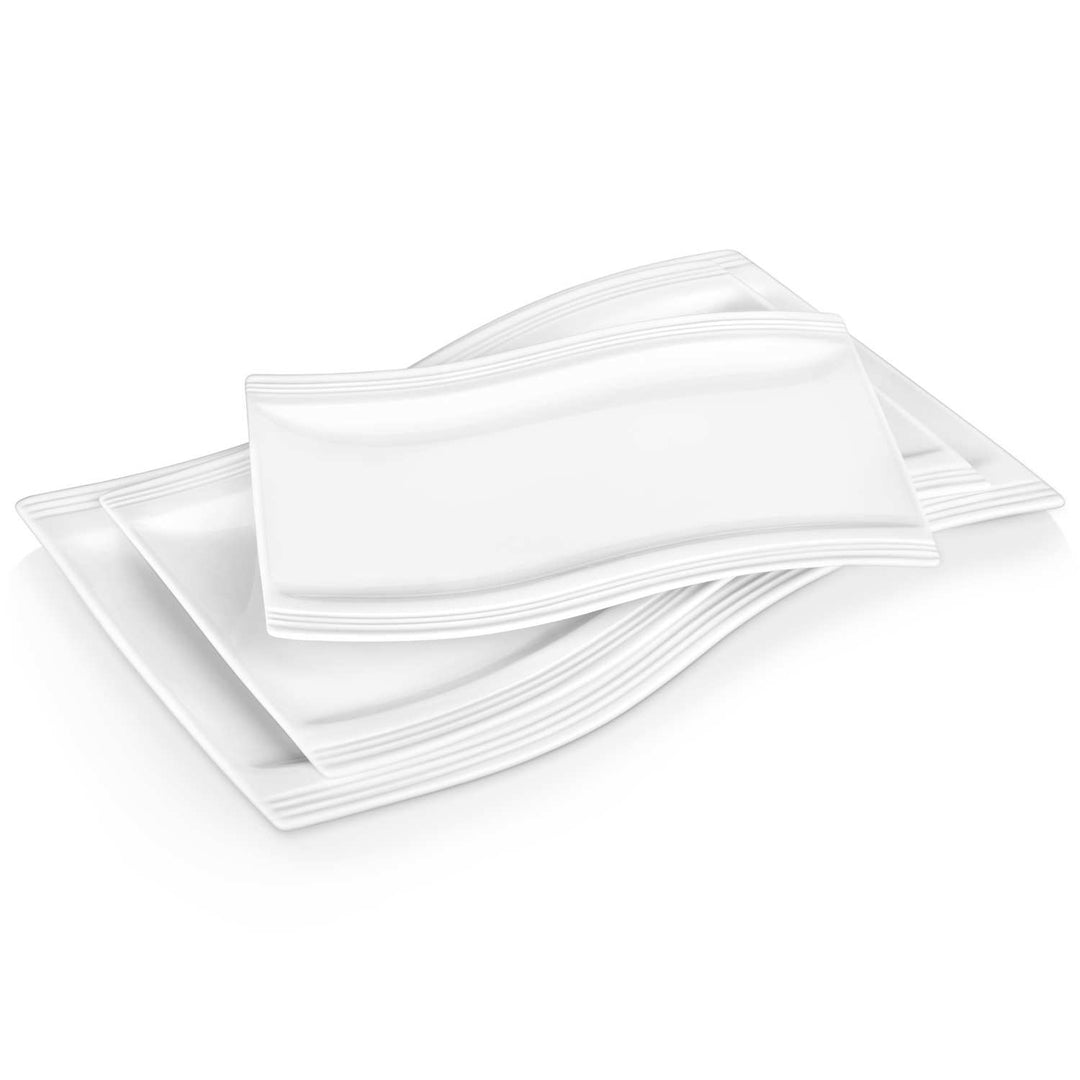When it comes to sweetener storage, understanding the unique requirements of each type of sweetener is essential. Whether you are using traditional sugar, honey, or modern alternatives like stevia, proper storage can significantly impact their flavor and longevity. This article will explore the best practices for storing various sweeteners, ensuring they remain fresh and effective for your culinary needs.

Understanding Different Types of Sweeteners
Sweeteners can be broadly categorized into two groups: natural and artificial. Natural sweeteners include sugar, honey, and agave syrup, while artificial options encompass products like aspartame and sucralose. Each type has its own storage requirements. For instance, how should you store honey to prevent crystallization? What about the best way to keep your brown sugar soft? Let’s delve into these questions.
Sweetener Storage: Sugar and Brown Sugar
Granulated sugar is relatively easy to store. It should be kept in a cool, dry place, ideally in an airtight container to prevent moisture absorption. Brown sugar, on the other hand, requires a bit more attention. To maintain its moisture and prevent hardening, consider the following:
- Store brown sugar in an airtight container.
- Add a slice of bread or a few marshmallows to keep it soft.
- Keep it away from heat sources.
These practices ensure that your sugar remains usable for longer periods, enhancing your sweetener storage strategy.
Sweetener Storage: Honey and Syrups
Honey is a natural sweetener that can last indefinitely if stored correctly. To maintain its quality:
- Store honey in a glass jar with a tight-fitting lid.
- Avoid exposure to direct sunlight.
- Keep it at room temperature; refrigeration can cause crystallization.
Similarly, syrup-based sweeteners should be stored in a cool, dark place. If you notice any signs of spoilage, such as off odors or unusual colors, it’s best to discard them.
Sweetener Storage: Stevia and Other Alternatives
Stevia, a popular natural sweetener, should be stored in a cool, dry place, away from direct sunlight. It is often available in both liquid and powdered forms. For optimal sweetener storage, consider the following:
- Keep powdered stevia in an airtight container.
- Store liquid stevia in a dark bottle to protect it from light.
By following these guidelines, you can ensure that your stevia remains potent and flavorful.
Conclusion: The Importance of Proper Sweetener Storage
In conclusion, effective sweetener storage is crucial for maintaining the quality and flavor of your sweeteners. By understanding the specific needs of each type, you can extend their shelf life and enhance your culinary creations. For those looking to elevate their serving experience, consider exploring beautiful serveware options at .
By implementing these best practices, you can enjoy your sweeteners at their best, ensuring that every dish is perfectly sweetened.





